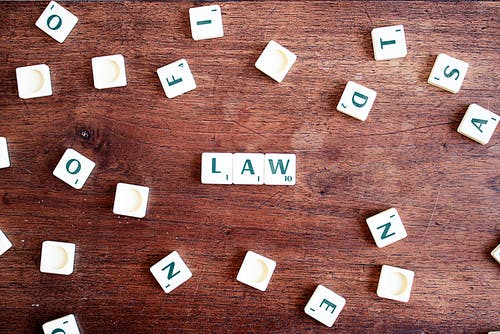A handful of states practice pure comparative negligence where car accidents are concerned.
Legal jargon has a way of confusing most people. This particular phrase is no different. In short, according to “pure comparative negligence law” more than one person can be at-fault for a car accident. However, if the plaintiff and defendant share fault, the plaintiff may still recover a reduced amount of damages.
Simplification of Comparative Negligence Law
At the heart of this legal phrase is “comparative negligence.” It’s important to understand what these two words mean so that the rest of the phrase makes perfect sense. Negligence refers to the fact that someone intentionally, willfully, or by sheer avoidance of responsibility caused something unpleasant to occur.
Comparative negligence, then, refers to negligent behavior between two or more parties that reflects a comparative level of negligence. An example might be that a pedestrian takes a walk and crosses a street at the wrong light or in the middle of the street. The pedestrian is then hit by a speeding car.
The victim then attempts to sue the driver for the injuries that occurred. However, the comparative negligence law says that the pedestrian, as well as the driver, are at fault. The pedestrian wasn’t crossing at a safe time and place, and the motorist struck the pedestrian with a speeding vehicle.
If you were involved in a similar accident, get a pedestrian accident lawyer to help you pursue compensation. Your attorney can navigate the pure comparative negligence laws in your state and increase your chances of recovery.
Why “Pure” Precedes Comparative Negligence
In some states, comparative negligence law can dictate a percentage of fault for the plaintiff and defendant, which, in turn, dictates how much the plaintiff can recoup in damages. Under the pure comparative negligence rule, the victim can access damages even if they are 99% responsible for the crash. If this is the case, they will recover the remaining 1% in damages.
A handful of states practice pure comparative negligence where car accidents are concerned. California and New York are some of those states. Ergo, even though the police have to be called to the scene of an accident and all parties involved have to exchange insurance information, determining fault can be a complex matter.
Other Types of Comparative Negligence

Comparative negligence takes on different forms across jurisdictions. The most common branch is modified comparative negligence.
Modified Comparative Negligence
In modified comparative negligence jurisdictions, the plaintiff may no longer recover damages if they are attributed a certain percentage of fault. Since your compensation may hinge on as little as a 1% difference, it is crucial to contact an attorney for legal guidance.
Some states—like Maine and Colorado—follow the 50% bar rule, according to which victims may no longer recover if they are 50% or more responsible for the crash. Other states, however, raise the bar to 51%. Currently, 23 states follow the 51% bar rule.
Slight/Gross Negligence
This system is practiced by a single state, South Dakota. Under slight/gross negligence, the percentage system used in modified comparative negligence is replaced by the labels of “slight” and “gross.” In this case, gross negligence illustrates a blatant disregard for the safety of others.
If you were involved in a South Dakota crash, you may recover a higher compensation, if your negligence is deemed slight and the defendant’s actions are labeled as gross negligence. A car accident lawyer can help you navigate the complex legal web of slight/gross negligence.
Contact a Lawyer for Legal Guidance
Trying to figure out if a case falls under pure comparative negligence rules is never clear-cut in states where this type of law is applied and practiced. It is essential to always have a lawyer assess the details of a case before attempting to file a lawsuit. Most clients do not know how this law may or may not apply to them, which is why they should seek out a lawyer.


Join the conversation!